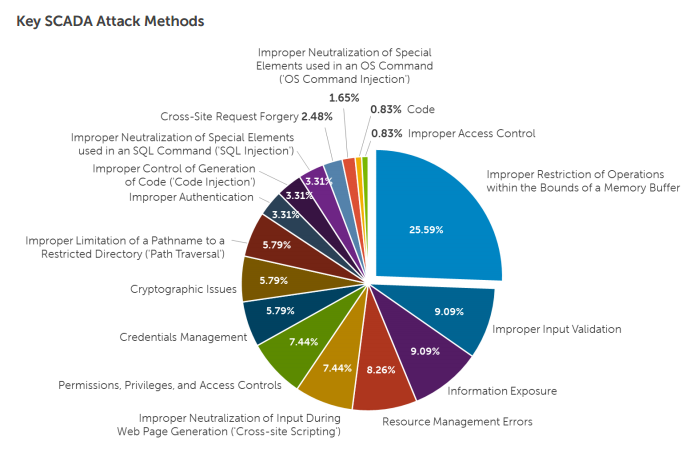From their website:
Creating Partnerships of Purpose We convene businesses, governments, NGOs, and individuals to improve global health and wellness, increase opportunity for women and girls, reduce childhood obesity
New Book, ‘Clinton Cash,’ Questions Foreign Donations to Foundation
The book does not hit shelves until May 5, but already the Republican Rand Paul has called its findings “big news” that will “shock people” and make voters “question” the candidacy of Hillary Rodham Clinton.
“Clinton Cash: The Untold Story of How and Why Foreign Governments and Businesses Helped Make Bill and Hillary Rich,” by Peter Schweizer — a 186-page investigation of donations made to the Clinton Foundation by foreign entities — is proving the most anticipated and feared book of a presidential cycle still in its infancy.
The book, a copy of which was obtained by The New York Times, asserts that foreign entities who made payments to the Clinton Foundation and to Mr. Clinton through high speaking fees received favors from Mrs. Clinton’s State Department in return.
“We will see a pattern of financial transactions involving the Clintons that occurred contemporaneous with favorable U.S. policy decisions benefiting those providing the funds,” Mr. Schweizer writes.
His examples include a free-trade agreement in Colombia that benefited a major foundation donor’s natural resource investments in the South American nation, development projects in the aftermath of the Haitian earthquake in 2010, and more than $1 million in payments to Mr. Clinton by a Canadian bank and major shareholder in the Keystone XL oil pipeline around the time the project was being debated in the State Department.
In the long lead up to Mrs. Clinton’s campaign announcement, aides proved adept in swatting down critical books as conservative propaganda, including Edward Klein’s “Blood Feud,” about tensions between the Clintons and the Obamas, and Daniel Halper’s “Clinton Inc.: The Audacious Rebuilding of a Political Machine.”
But “Clinton Cash” is potentially more unsettling, both because of its focused reporting and because major news organizations including The Times, The Washington Post and Fox News have exclusive agreements with the author to pursue the story lines found in the book.
Members of the Senate Foreign Relations Committee, which includes Mr. Paul and Senator Marco Rubio of Florida, have been briefed on the book’s findings, and its contents have already made their way into several of the Republican presidential candidates’ campaigns.
Conservative “super PACs” plan to seize on “Clinton Cash,” and a pro-Democrat super PAC has already assembled a dossier on Mr. Schweizer, a speechwriting consultant to former President George W. Bush and a fellow at the conservative Hoover Institution who has contributed to the conservative website Breitbart.com, to make the case that he has a bias against Mrs. Clinton.
And the newly assembled Clinton campaign team is planning a full-court press to diminish the book as yet another conservative hit job.
A campaign spokesman, Brian Fallon, called the book part of the Republicans’ coordinated attack strategy on Mrs. Clinton “twisting previously known facts into absurd conspiracy theories,” and he said “it will not be the first work of partisan-fueled fiction about the Clintons’ record, and we know it will not be the last.”
The timing is problematic for Mrs. Clinton as she begins a campaign to position herself as a “champion for everyday Americans.”
From 2001 to 2012, the Clintons’ income was at least $136.5 million, Mr. Schweizer writes, using a figure previously reported in The Post. “During Hillary’s years of public service, the Clintons have conducted or facilitated hundreds of large transactions” with foreign governments and individuals, he writes. “Some of these transactions have put millions in their own pockets.”
The Clinton Foundation has come under scrutiny for accepting foreign donations while Mrs. Clinton served as secretary of state. Last week, the foundation revised its policy to allow donations from countries like Germany, Canada, the Netherlands and Britain but prohibit giving by other nations in the Middle East.
Mr. Schweizer’s book will be released the same day former President Bill Clinton and the Clintons’ daughter, Chelsea, will host the Clinton Global Initiative gathering with donors in Morocco, the culmination of a foundation trip to several African nations. (A chapter in the book is titled “Warlord Economics: The Clintons Do Africa.”)
There is a robust market for books critical of the Clintons. The thinly sourced “Blood Feud,” by Mr. Klein, at one point overtook Mrs. Clinton’s memoir “Hard Choices” on the best-seller list.
But whether Mr. Schweizer’s book can deliver the same sales is not clear. He writes mainly in the voice of a neutral journalist and meticulously documents his sources, including tax records and government documents, while leaving little doubt about his view of the Clintons.
His reporting largely focuses on payments made to Mr. Clinton for speeches, which increased while his wife served as secretary of state, writing that “of the 13 Clinton speeches that fetched $500,000 or more, only two occurred during the years his wife was not secretary of state.”
In 2011, Mr. Clinton made $13.3 million in speaking fees for 54 speeches, the majority of which were made overseas, the author writes.
*** Now the questions that need to be asked include what policies did the State Department, the NSC and the White House take covertly with regard to diplomacy and those affects on strategies.

